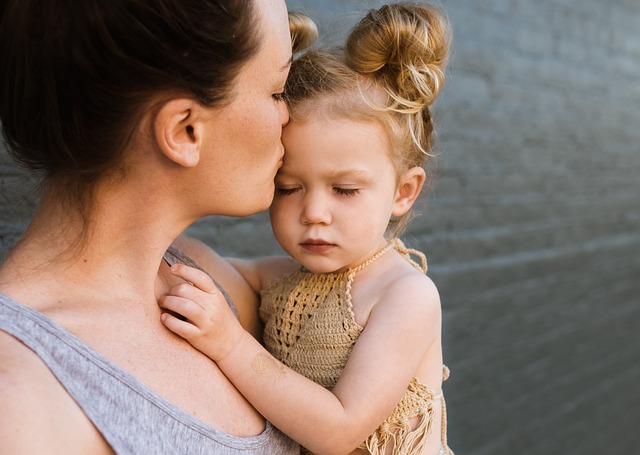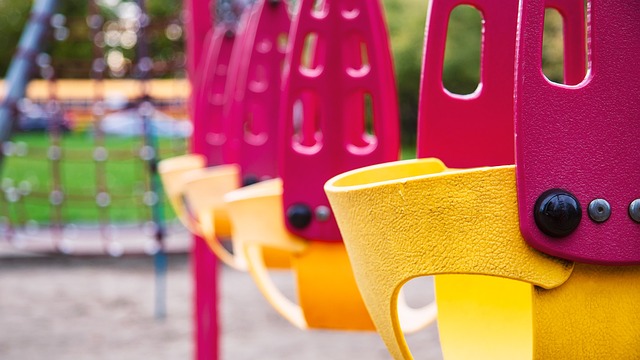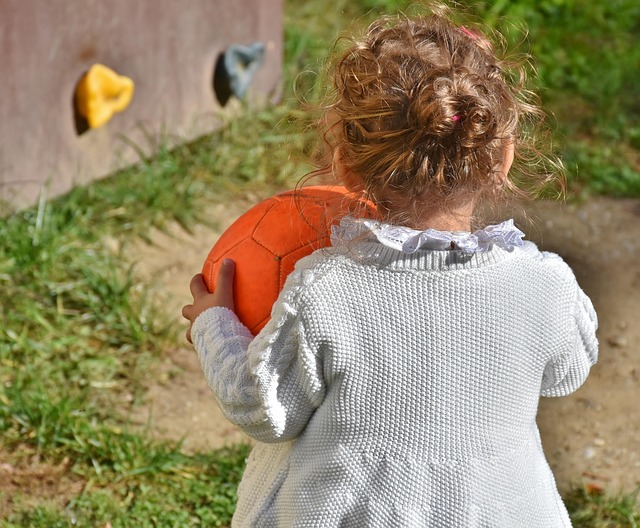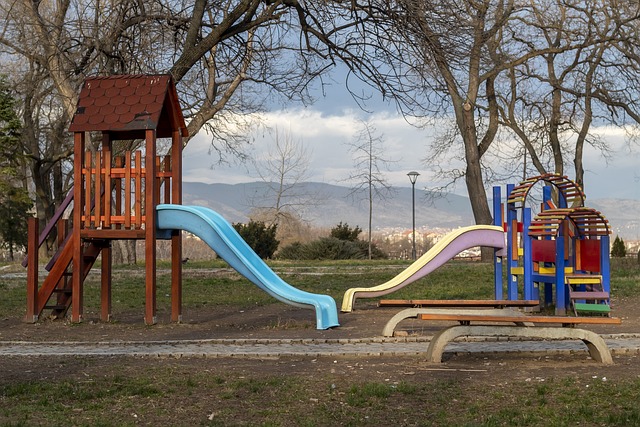Educational family programs focused on wellness and fitness can transform busy schedules by encouraging quality time, healthy habits, and mental well-being. Tailored content for age groups, engaging activities like games and challenges, and a holistic approach combining physical activity with learning opportunities empower families to adopt lasting healthy habits. Measuring success involves SMART goals, regular feedback, and continuous improvement to ensure programs remain adaptable and responsive to participants' evolving needs.
Family focused wellness and fitness programs are a powerful tool to foster healthy lifestyles. Understanding the importance of early education in these areas sets the stage for lifelong well-being. This article explores how to design engaging educational family programs tailored to different age groups, incorporating fun activities that resonate with all family members. We’ll delve into strategies for promoting healthy habits beyond the program’s scope and share methods for measuring success and adapting for continuous improvement.
- Understanding the Importance of Family Wellness and Fitness
- Designing Educational Programs for Different Age Groups
- Incorporating Fun Activities to Engage the Whole Family
- Promoting Healthy Habits Beyond the Program
- Measuring Success and Adapting for Continuous Improvement
Understanding the Importance of Family Wellness and Fitness
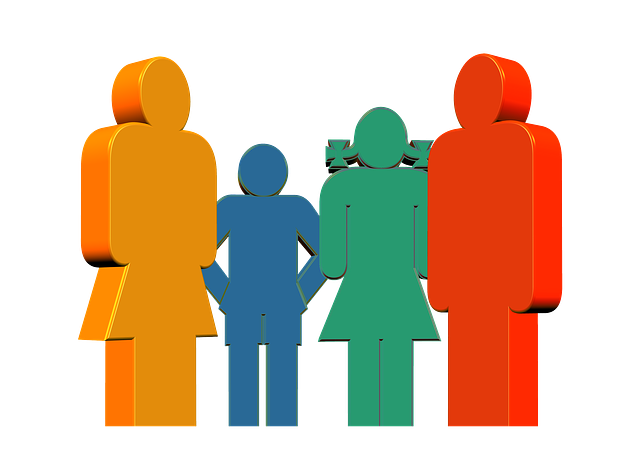
In today’s fast-paced world, where schedules often leave little room for quality family time, prioritizing wellness and fitness together can be a game-changer. Family focused wellness and fitness programs offer an opportunity to reconnect while promoting healthy habits that benefit each member’s well-being. These educational family programs aren’t just about physical activity; they foster mental resilience, emotional bonding, and cognitive development in children, creating a nurturing environment for everyone involved.
By engaging in regular activities tailored to different age groups, families can discover the joy of movement, learn about proper nutrition, and develop coping strategies for stress and anxiety. Moreover, these programs encourage open communication, teaching kids valuable lessons about teamwork, discipline, and the importance of self-care from a young age. In essence, family wellness initiatives lay the foundation for a healthier, happier home environment.
Designing Educational Programs for Different Age Groups

When designing educational family wellness and fitness programs, tailoring content for different age groups is essential to create engaging experiences. For younger children, activities should be playful and incorporate games, songs, and movement to encourage physical activity while teaching basic concepts like balanced diets and hygiene. Visual aids, storytimes, and interactive demonstrations can simplify complex ideas, making learning fun and memorable.
For adolescents, programs should focus on fostering independence and peer support. Educational sessions could cover topics like portion control, stress management, and the importance of mental well-being alongside physical fitness. Group exercises, challenges, and workshops led by peers or experts can create a sense of community while instilling valuable knowledge about healthy lifestyle choices.
Incorporating Fun Activities to Engage the Whole Family
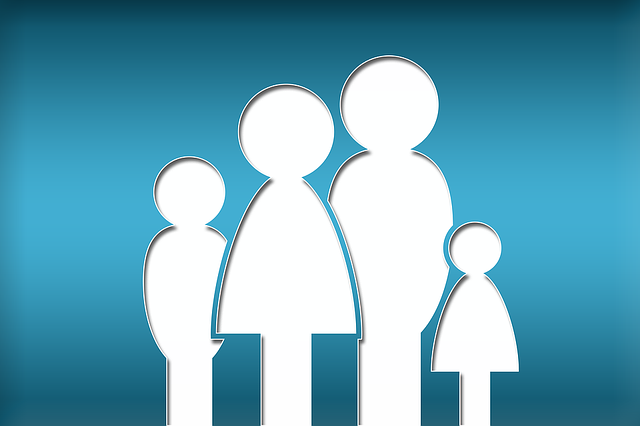
Incorporating fun activities is a key strategy for successful educational family programs aimed at wellness and fitness. By design, these activities should be engaging and enjoyable for all ages, fostering a sense of camaraderie and shared achievement. Incorporating games, challenges, and outdoor exploration not only motivates families to participate but also makes learning about health and fitness an immersive experience. For instance, transforming a simple walk into a scavenger hunt or creating obstacle courses in the backyard can make physical activity feel like playtime, breaking down barriers and encouraging long-term participation.
Educational family programs benefit from integrating activities that stimulate both the body and mind. Think creative crafts that teach about nutrition or cooking classes that introduce balanced meal planning. These multi-sensory experiences not only promote physical fitness but also enhance cognitive skills and creativity. Ultimately, making wellness a family affair through fun and interactive educational programs paves the way for developing healthy habits that can last a lifetime.
Promoting Healthy Habits Beyond the Program

Educational family wellness programs go beyond mere exercise and nutrition; they empower families to cultivate lasting healthy habits. By integrating learning opportunities into physical activities, these programs teach children and parents alike about the importance of balanced diets, regular movement, and mental well-being. Through interactive workshops, cooking classes, and outdoor adventures, families gain practical knowledge and skills that extend far beyond the program’s duration.
This holistic approach fosters a culture of health within the household. Parents become role models for their children, demonstrating the value of healthy choices through consistent behavior. As a result, families are equipped to make informed decisions about their lifestyle, ensuring that the benefits of these educational programs continue to resonate and positively impact their long-term well-being.
Measuring Success and Adapting for Continuous Improvement
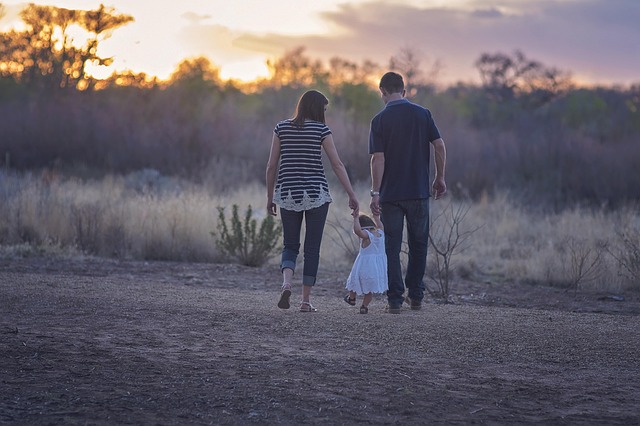
Measuring success in educational family wellness and fitness programs is an ongoing process that requires a multifaceted approach. It’s not just about seeing how many push-ups a child can do or tracking weight loss figures, but rather assessing overall progress, engagement, and well-being. This involves setting achievable goals tailored to each family’s unique needs and preferences, ensuring these goals are specific, measurable, attainable, relevant, and time-bound (SMART). Regular check-ins with facilitators allow for adjustments to the program as families progress, ensuring it remains adaptable and effective.
Continuous improvement is fostered by collecting feedback from participants, which provides valuable insights into what’s working and what needs tweaking. Incorporating this feedback helps in refining activities, making them more engaging and relevant. Moreover, it encourages a sense of ownership among family members, fostering their active participation in both the program and their own health journeys. Regular assessments enable educators to track individual and collective achievements, allowing for the celebration of successes and adjustments where needed, ensuring the program remains dynamic and responsive to the evolving needs of each family.



